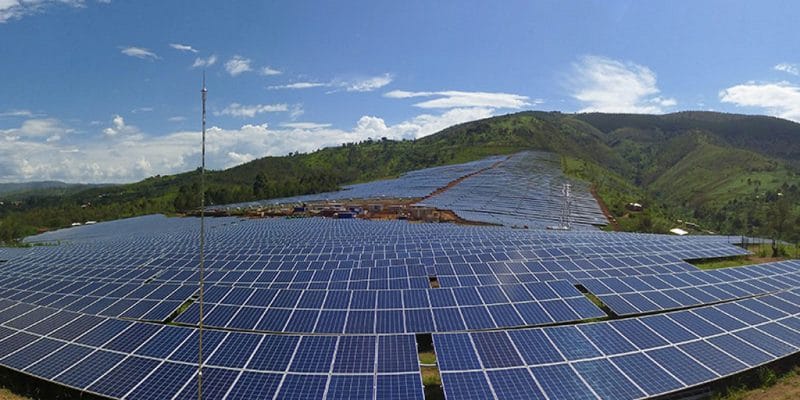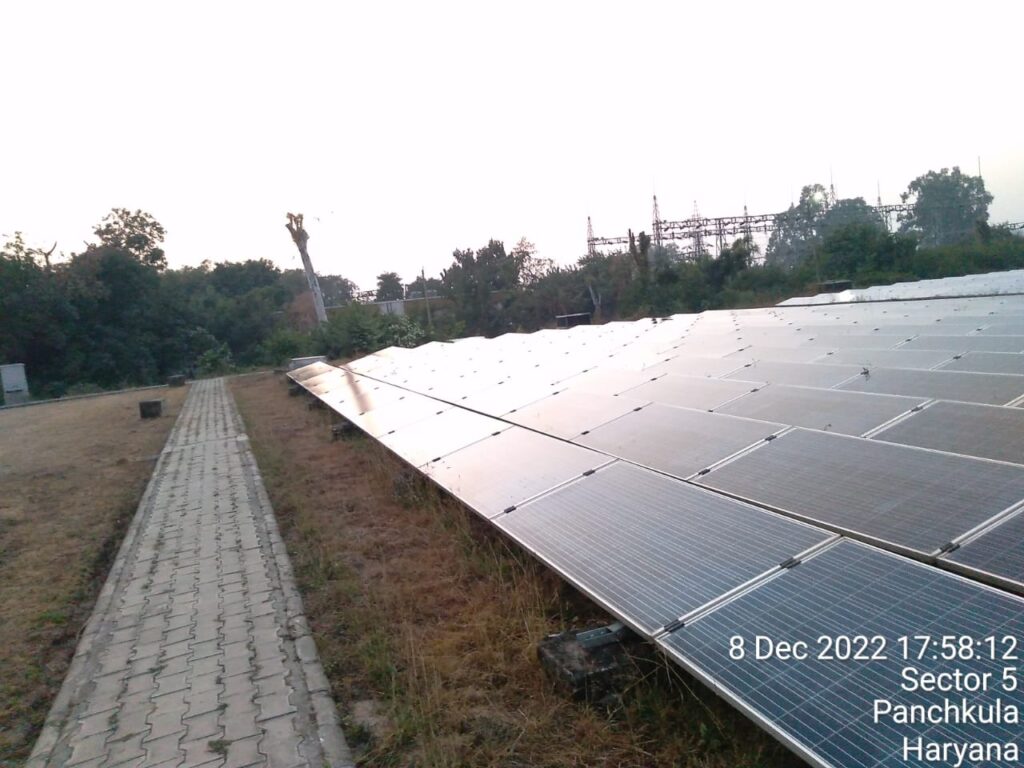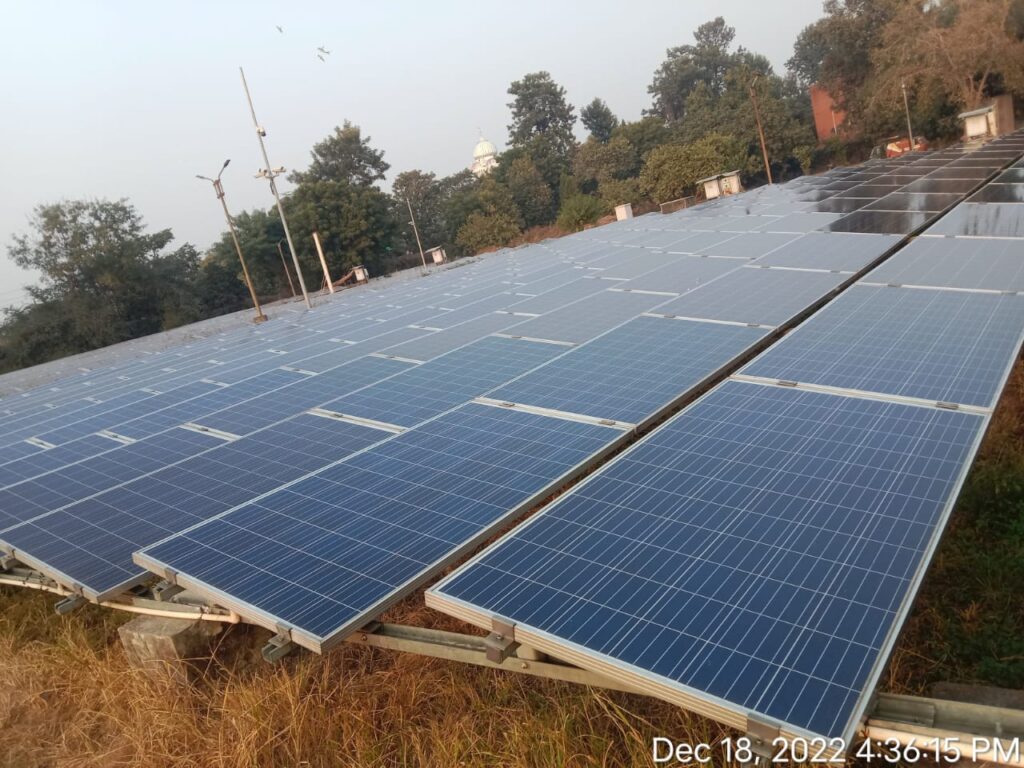Commercial Solar

Commercial solar refers to the use of solar energy systems for powering commercial and industrial facilities, such as businesses, factories, warehouses, and institutions. Here are some key aspects and information about commercial solar:
1. Solar Panel Installation: Commercial solar installations involve the placement of solar panels on rooftops, open land, or even carports, depending on available space and energy needs. These panels are designed to capture sunlight and convert it into electricity using photovoltaic (PV) technology.
2. Energy Production: Solar panels generate electricity when exposed to sunlight. This electricity can be used to power various aspects of a commercial facility, including lighting, HVAC (heating, ventilation, and air conditioning) systems, machinery, computers, and other electrical equipment.
3. Cost Savings: One of the primary motivations for businesses to adopt commercial solar is the potential for significant cost savings on energy bills. By generating their electricity from the sun, businesses can reduce their reliance on conventional grid power, leading to lower utility bills over time.
4. Environmental Benefits: Commercial solar is an environmentally friendly energy source. It generates electricity without emitting greenhouse gases or air pollutants, making it a clean and sustainable option. Adopting solar power can help businesses reduce their carbon footprint and demonstrate corporate social responsibility.
5. Financial Incentives: Many governments and local authorities offer financial incentives to encourage commercial solar adoption. These incentives can include tax credits, rebates, grants, and favorable financing options, which can significantly offset the upfront costs of installing a solar system.
6. Long-Term Investment: Commercial solar installations are typically considered long-term investments. Solar panels have a lifespan of 25 years or more, and the initial investment can pay off through energy savings and potential revenue from selling excess energy back to the grid.
7. Net Metering: Commercial solar systems are often connected to the electrical grid, allowing businesses to take advantage of net metering. This arrangement allows excess energy generated by the solar system to be fed back into the grid, and businesses receive credits or compensation for the surplus energy they provide.
8. Customization: Commercial solar solutions can be customized to meet the specific energy demands of a business. Factors such as energy consumption patterns, available space, and budget constraints are taken into account when designing a system.
9. Maintenance: Solar panel systems require minimal ongoing maintenance. Regular cleaning and occasional inspections are typically sufficient to keep the system operating efficiently. Most commercial solar installations come with warranties and performance guarantees.
10. Scalability: Commercial solar systems can be scaled up or expanded to accommodate the growth of a business or increased energy demands. This scalability allows businesses to adapt their solar systems as needed.
11. Energy Storage: Some commercial solar installations incorporate energy storage systems (e.g., batteries) to store excess energy generated during the day for use at night or during cloudy periods. This enhances energy reliability and can further reduce dependence on the grid.


